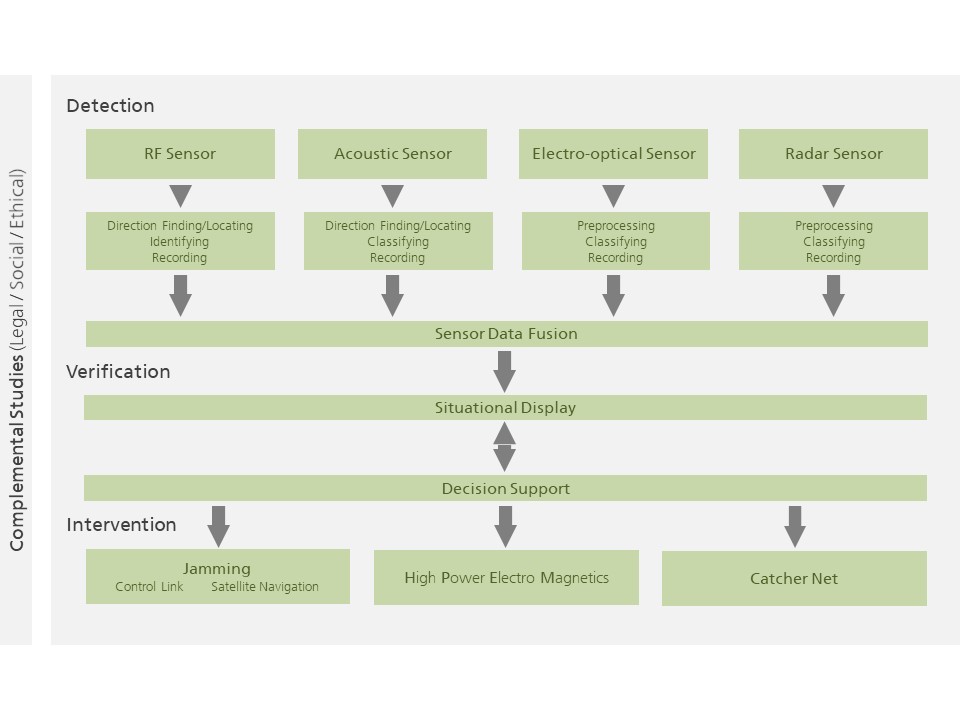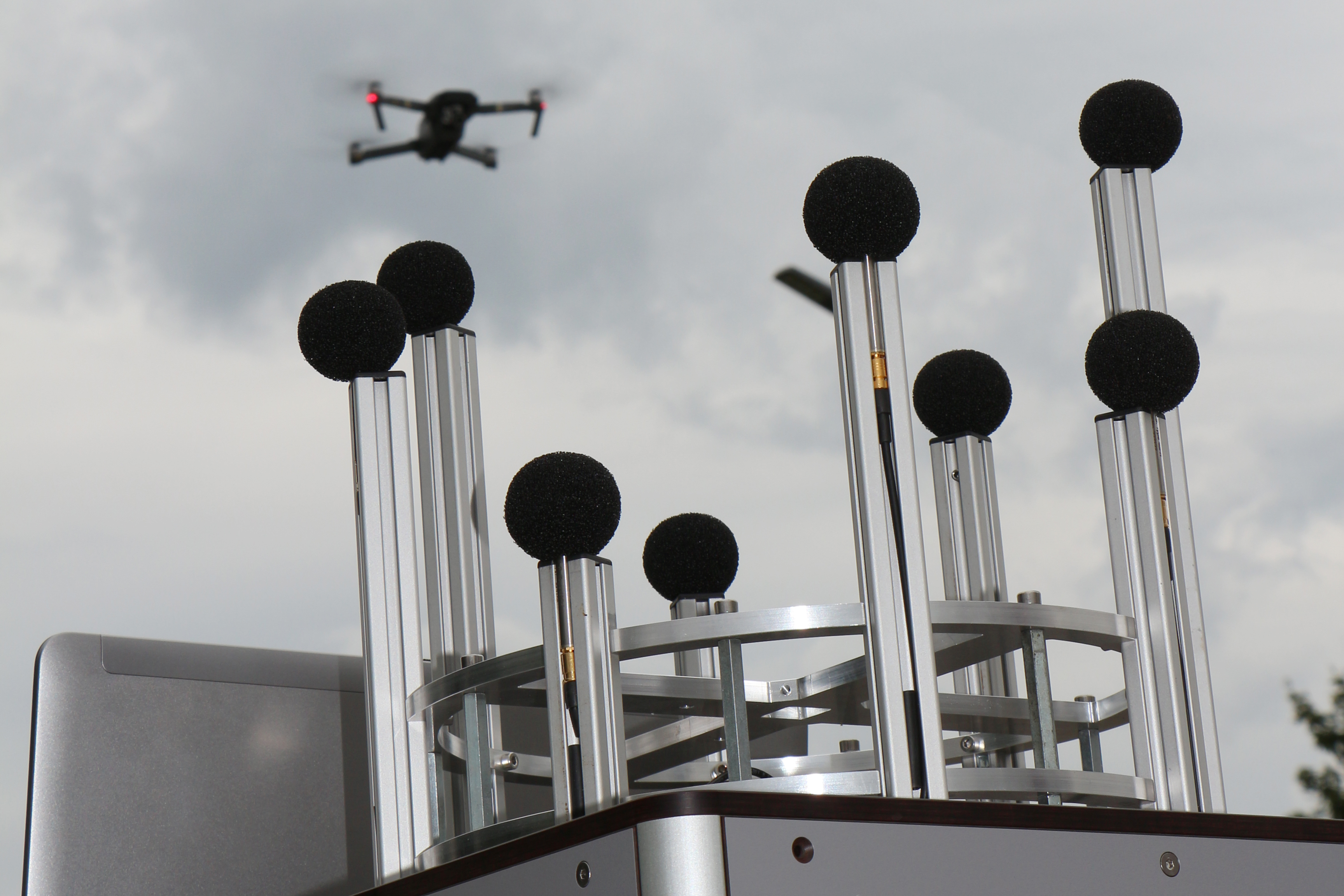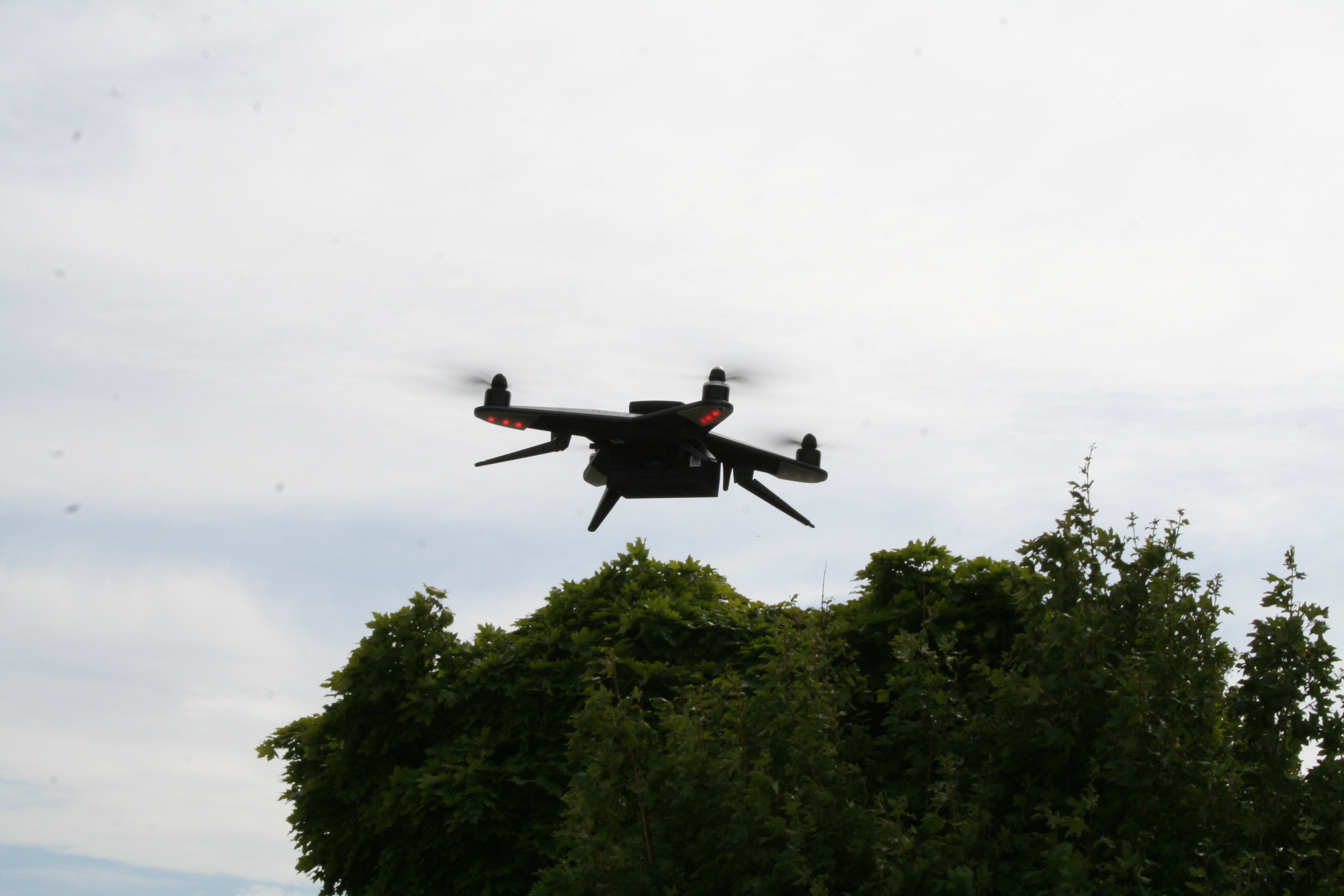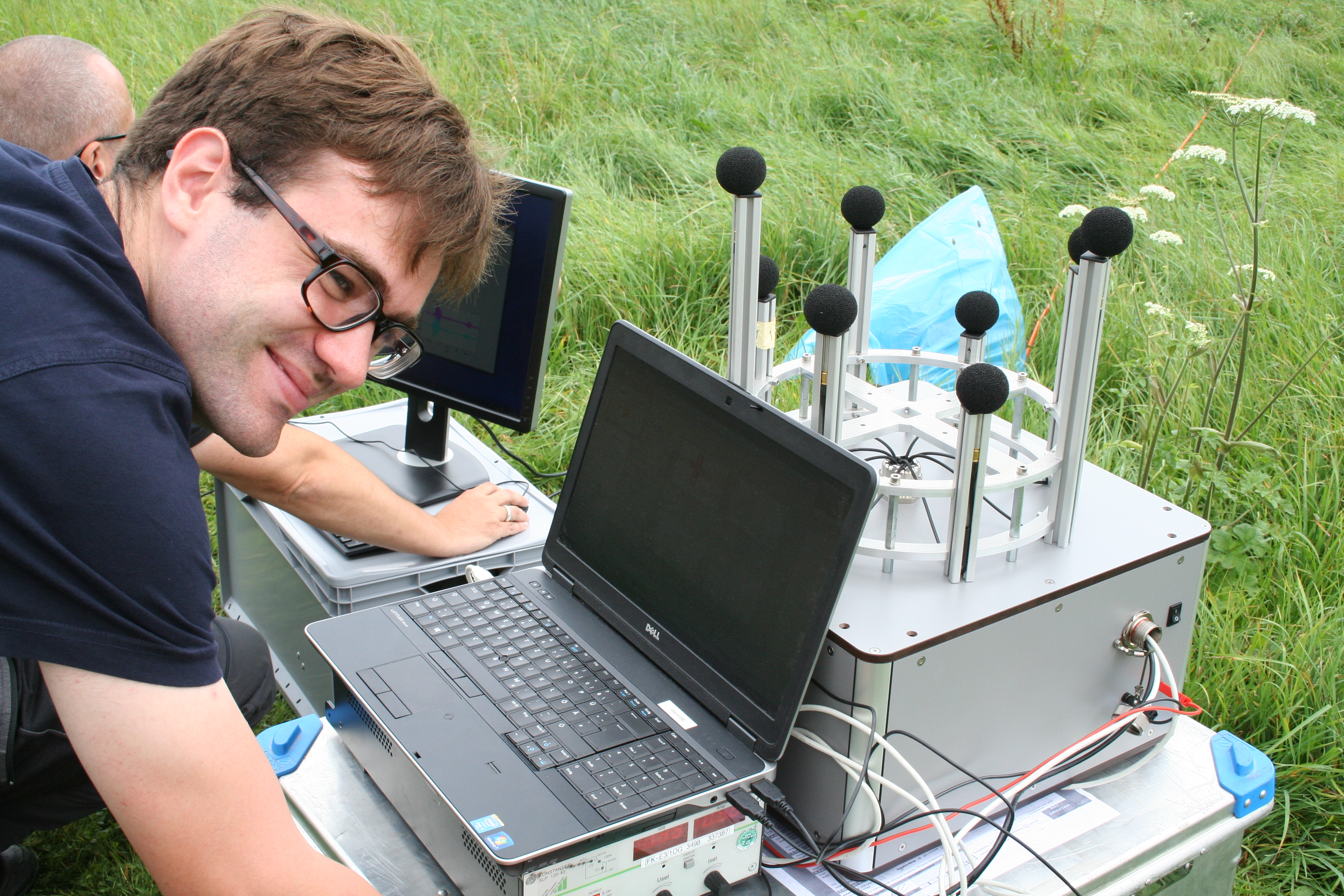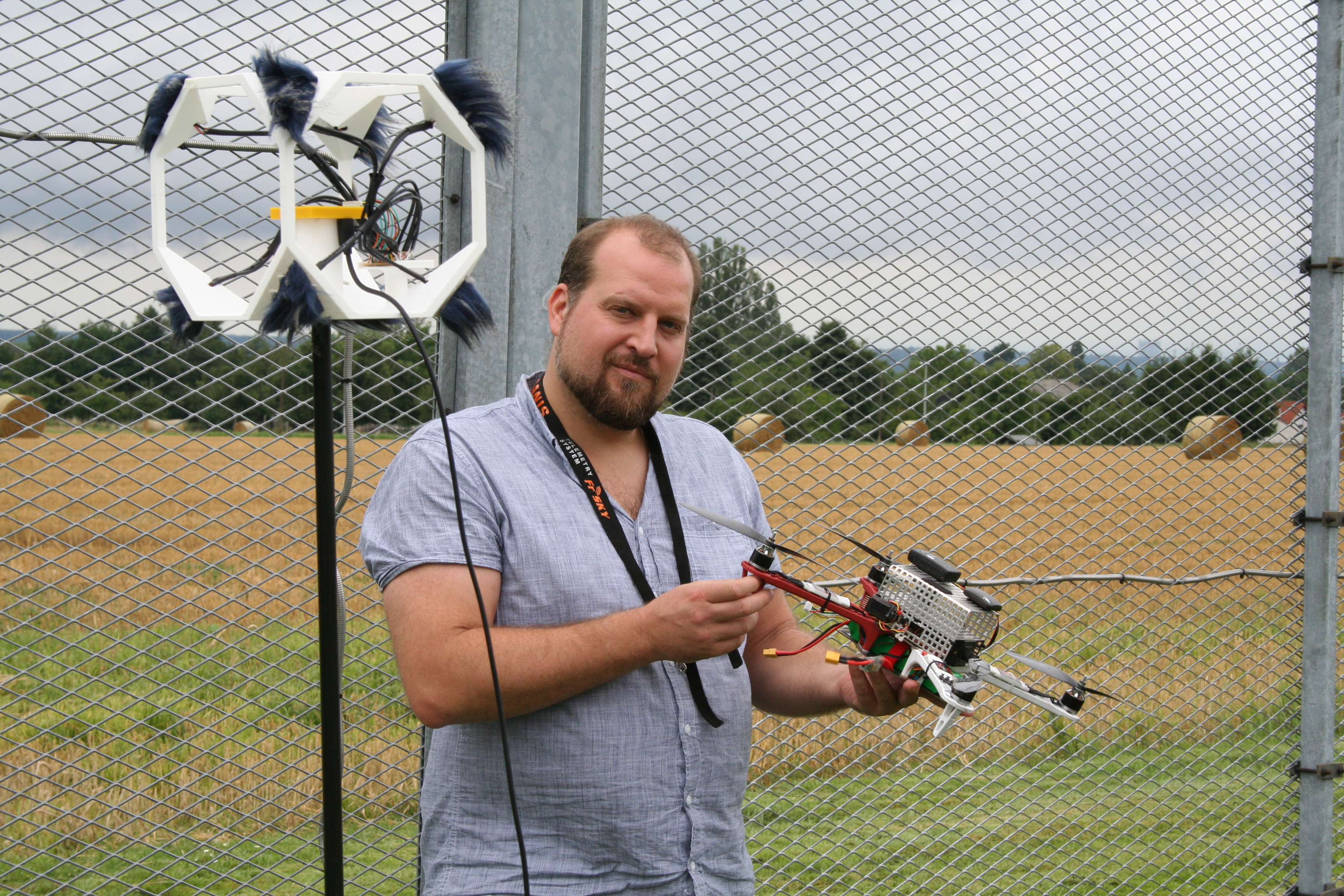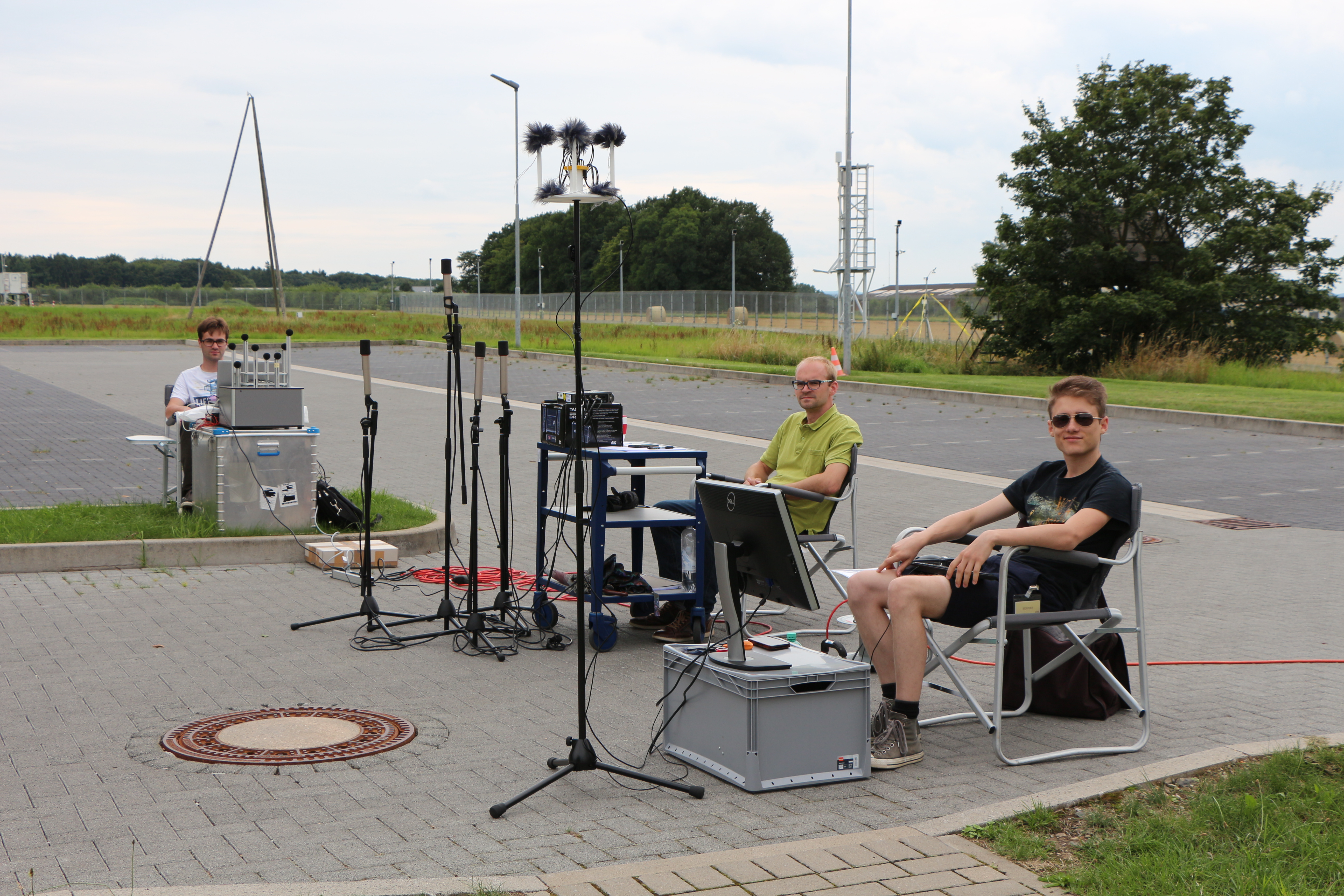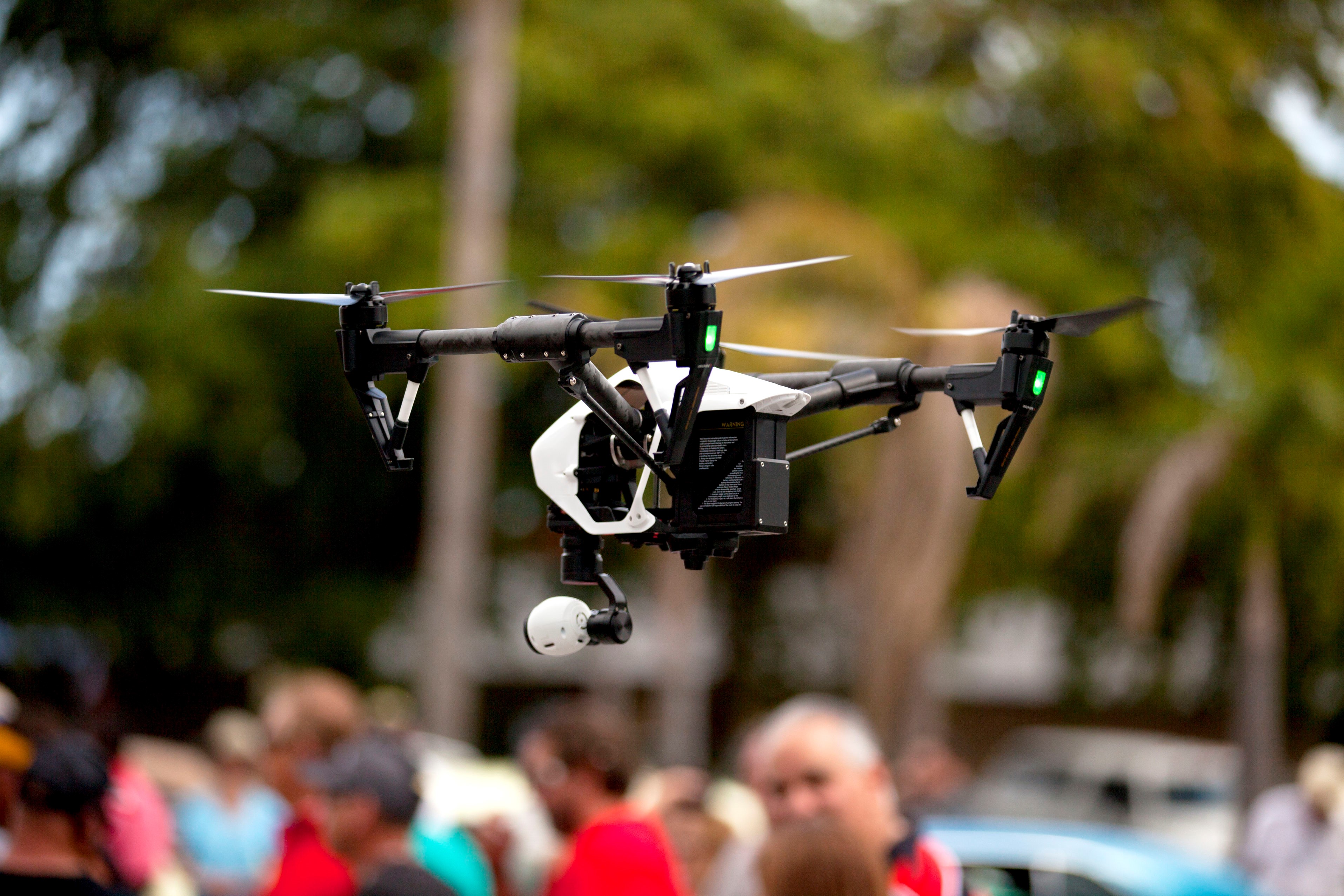
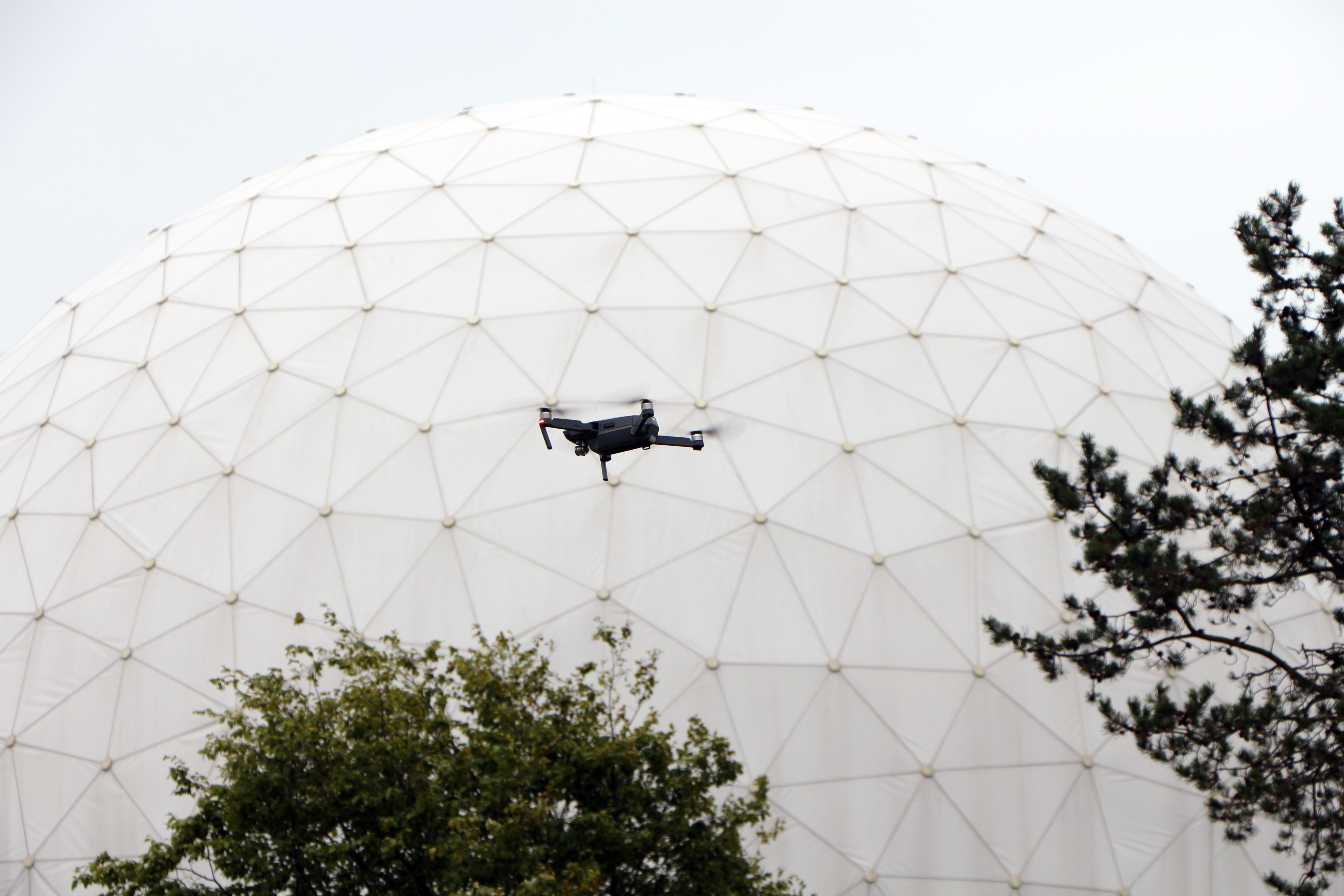
Easy and inexpensive access to drones has opened up new attack options for criminals and terrorists. The scenario of an approaching drone has therefore become a delicate matter for officials responsible for security at major events and potentially for the protection of tens of thousands of people in a confined area. In a matter of moments authorities have to make the call: is the drone approaching peacefully or not?
To make the right decision, authorities first need information support: What type of drone is it? Is it carrying a payload? And last but not least: Should the drone be allowed to continue flying? Or would it be better to take countermeasures against it? To this end, officials must be given tools that are proportionate to the task at hand.
The »AMBOS« German-Austrian joint project was commissioned to provide solutions for these tasks. Since February 2017, twelve partners from science and industry have been working on a system that identifies drones, analyzes their risk potential and, if necessary, carries out counter measures. As future users of the system, five German security agencies, including the Federal Criminal Police Office and the Federal Police, are associated as partners with the bi-national research project. »AMBOS« is funded by the German »Research for Civil Security« program of the Federal Ministry of Education and Research (BMBF) and the Austrian »Security Research Program – KIRAS« of the Federal Ministry of Transport, Innovation and Technology (BMVIT).

